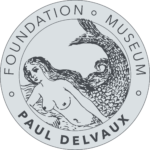DISCOVER THE WORLDS OF PAUL DELVAUX
AS PART OF THE 100th ANNIVERSARY YEAR OF SURREALISM, LA BOVERIE IS HOSTING A MAJOR EXHIBITION DEDICATED TO BELGIAN ARTIST PAUL DELVAUX.
Adopting a novel approach, this retrospective with three itineraries – thematic, interactive and multimedia – embraces the whole of Paul Delvaux’s work, exploring his contribution to Surrealism and art history in general.

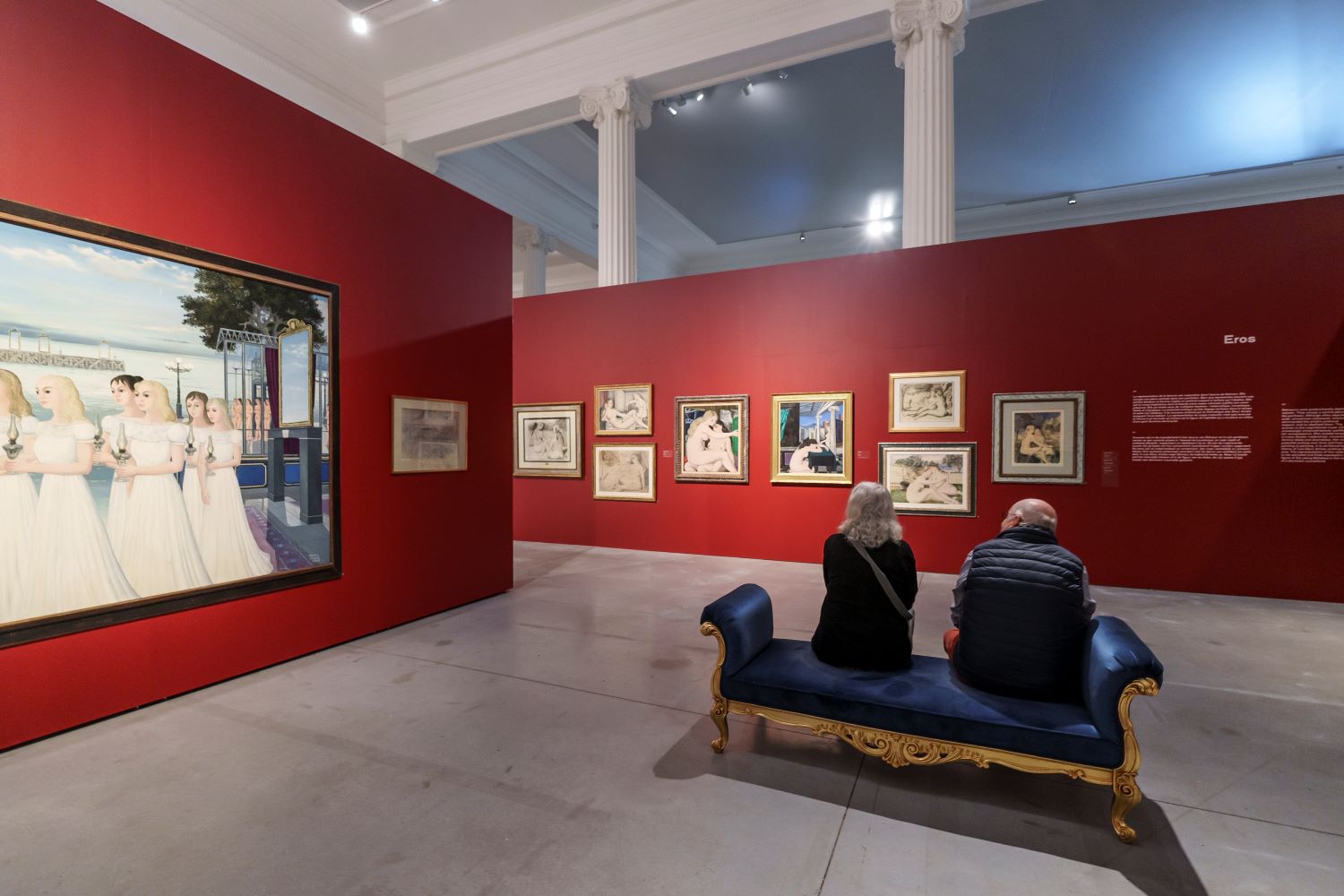
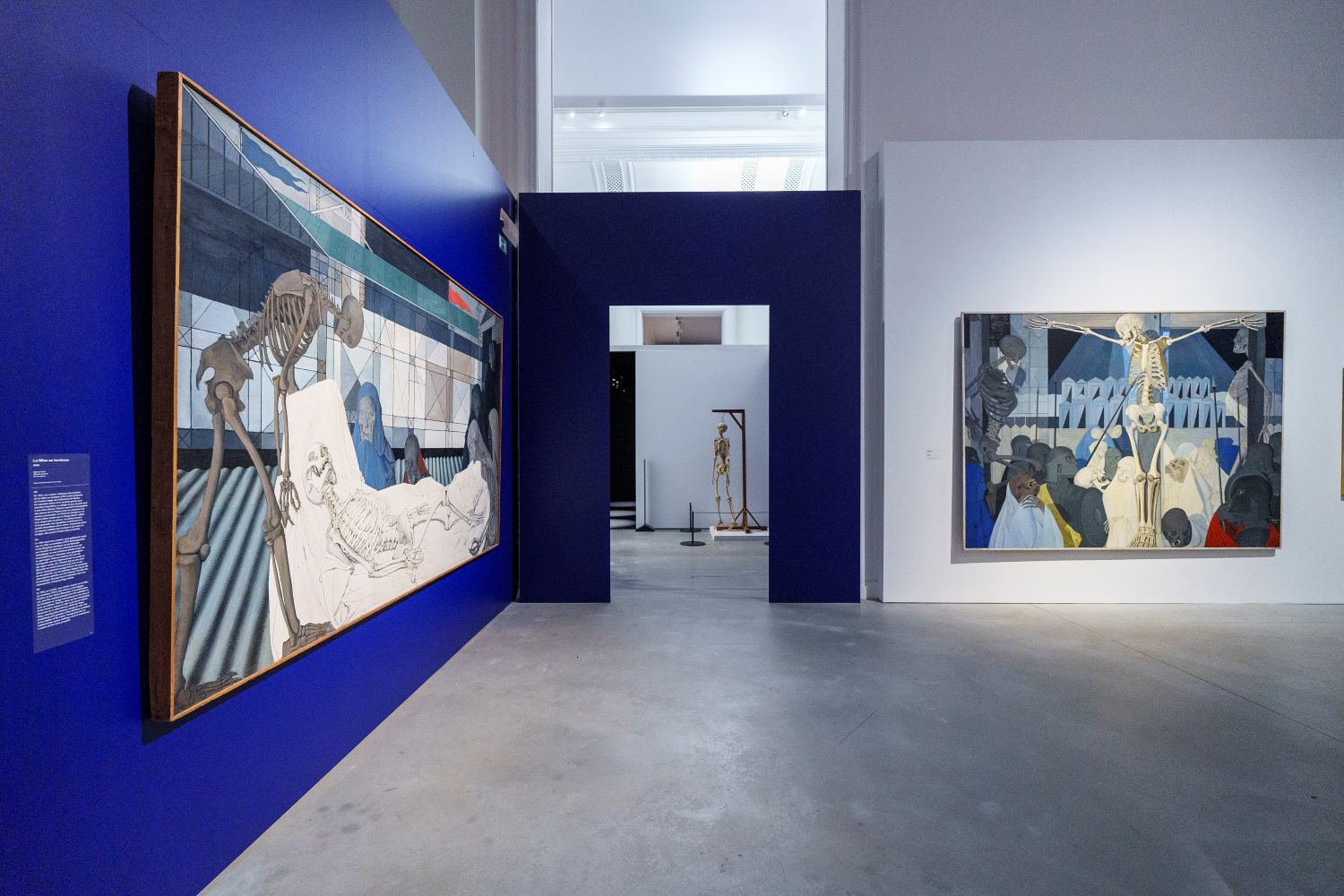
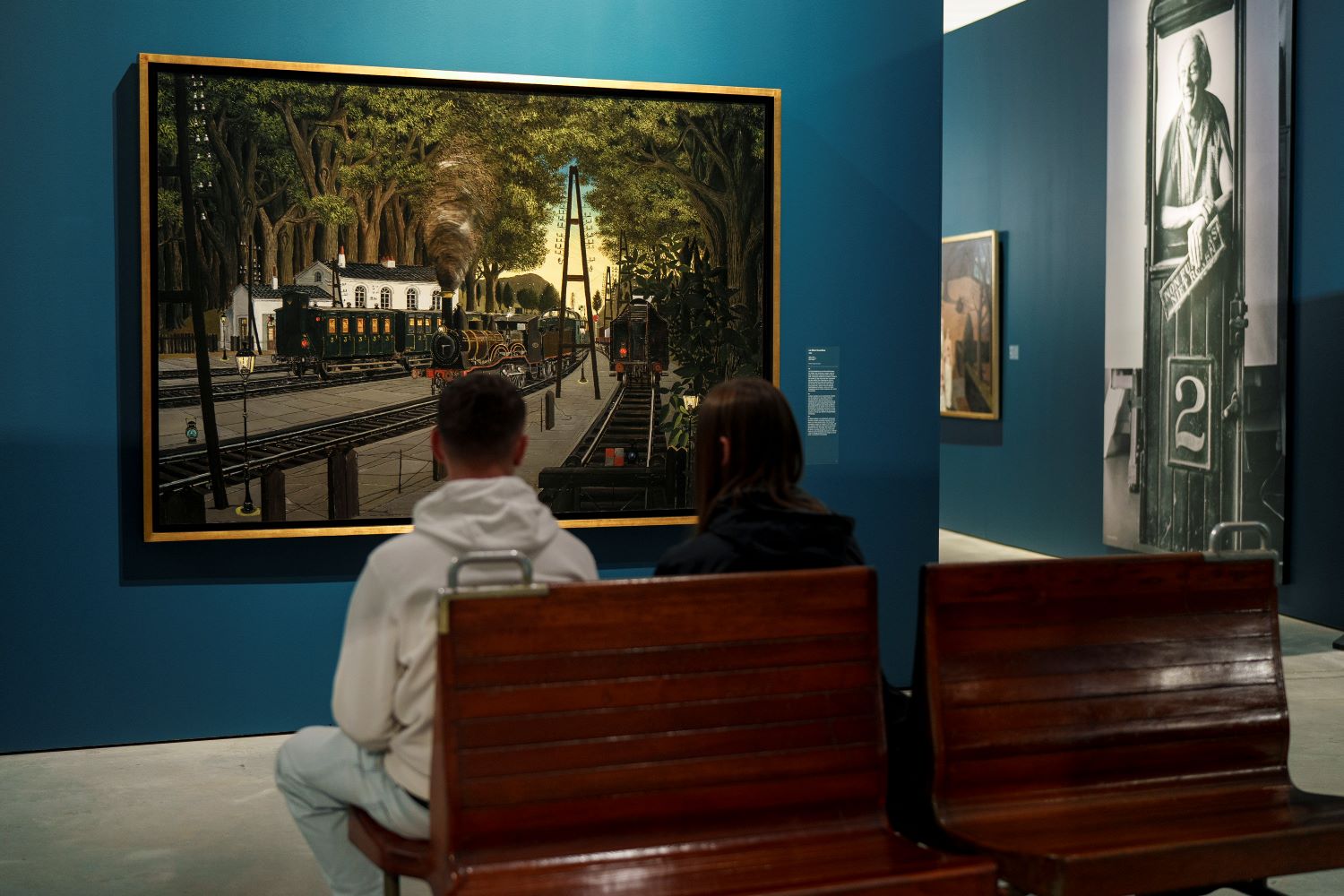
A complete retrospective from Delvaux’s first work to his last …
A major artist, Paul Delvaux (1897-1994) developed a distinctive universe featuring strong iconographic elements that are repeated from one work to the next, like a pictorial conversation. Thanks to the exhibition Les Mondes de Paul Delvaux, which brings together over 150 works and objects, the dialogue is resumed once again, by playing a game of visual ricochets between paintings and drawings.
Following on from the major exhibition held at the Belgian Royal Museums of Fine Arts in 1997 to mark the centenary of Paul Delvaux’s birth, this retrospective is a unique opportunity to see the painter’s world unfold from the first to the last work (1920-1986). The itinerary, based on the themes dear to the great artist, disregards the strict chronology of his work, opening up a whole new field of interactions. Melancholy vestals, trains, skeletons, the Sleeping Venus discovered at the Spitzner Museum and antique emblems are just some of the motifs found side by side throughout his work.
Masterpieces by this internationally renowned art figure, immortalized by Andy Warhol, which have not been seen or re-united for many years, will be presented in order to shed new light on a timeless work, reveal its complexity and engage in a new dialogue with today’s visitors.
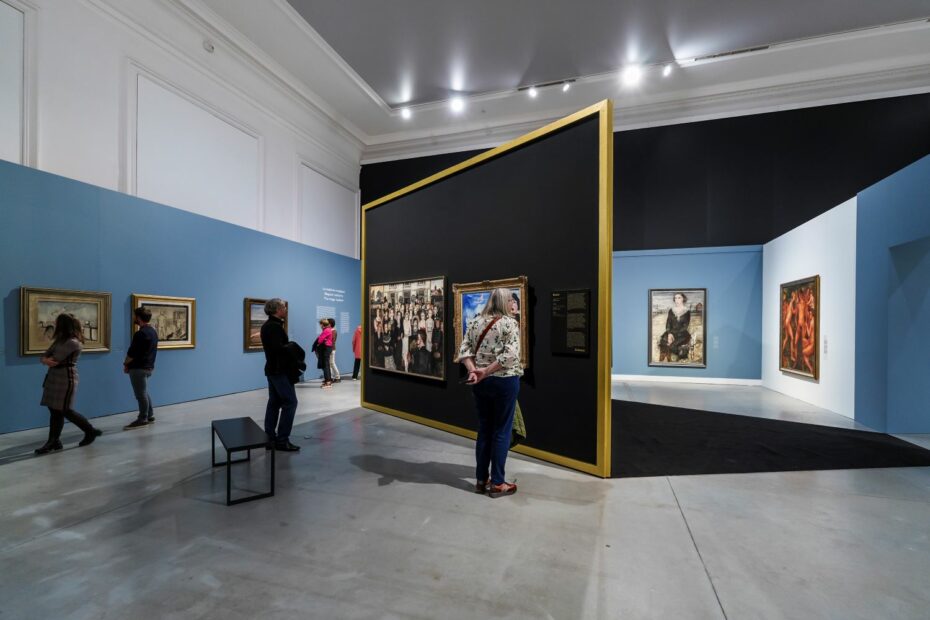
… offering unique dialogues with other artists…
Delvaux, although a solitary creator, shaped his world through contact with the work of his predecessors and colleagues.
Throughout the exhibition, Delvaux’s works are contrasted with those of other great names, revealing both similarities and differences. While the connection with René Magritte or Giorgio De Chirico may be obvious from his links with Surrealism, it is less so with other artists. It’s a little-known fact that Delvaux took an interest in Amedeo Modigliani, whose work encouraged the painter, still a beginner, to fully embrace nudity. Subsequently, Delvaux proved to be close to Expressionism, with little-known links to Constant Permeke and Gustave De Smet. Delvaux’s interest in Antiquity recalls his training with Constant Montald and creates a significant link with Pablo Picasso. Works by James Ensor and Félicien Rops provide interesting counterpoints in this group, with their treatment of themes (the skeleton and the Two Friends) that Delvaux made less sulphurous than the approaches adopted by his predecessors.
Testifying to influences, appropriations and coincidences, these previously unpublished dialogues lift a corner of the veil on filiations and demonstrate how and in what context Delvaux’s seemingly hermetic and closed universe was shaped.

… and multimedia devices to get to the heart of Delvaux’s artistic creation..
This retrospective also takes visitors to the heart of Delvaux’s creative process, using innovative, interactive multimedia devices in three distinct and complementary forms.
Firstly, visitors enter the artist’s private world through an original reconstruction of his studio. They catch the painter working from a model in his own environment, surrounded by personal objects that were dear to him and that resonate with the pictorial world he created.
Another feature offers a glimpse into the creation of a painting. The original Rumeurs (1980) is on display, along with the preparatory drawing, while a film shows the changes introduced by the artist during the painting’s production phase. The film is based on previously unpublished documents gathered by a friend of the artist, Paul Anrieu. This allows us to understand the painter’s thinking.
Visitors can also take on the role of the painter by composing their own Delvaux, thanks to an interactive device called “Draw me a Delvaux”. By borrowing iconographic elements from the Delvaux canon, visitors can compose their own Delvaux painting.
In the middle of the itinerary, an augmented timeline pulls into perspective the work and life of Paul Delvaux, a veritable icon of Belgian and international painting who urgently needs to be (re)discovered.
In this way, the visitor penetrates the mystery of Paul Delvaux’s poetic work, a veritable icon of Belgian and international painting who urgently needs to be (re)discovered.

